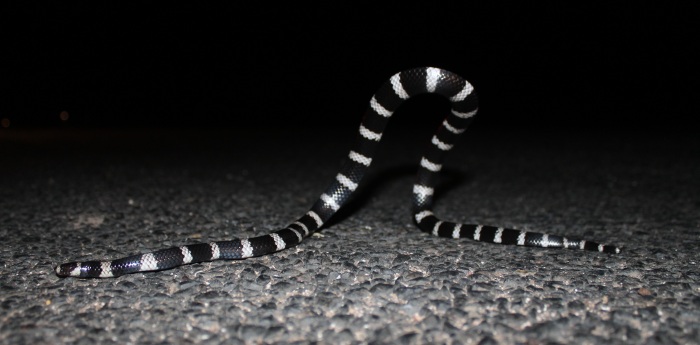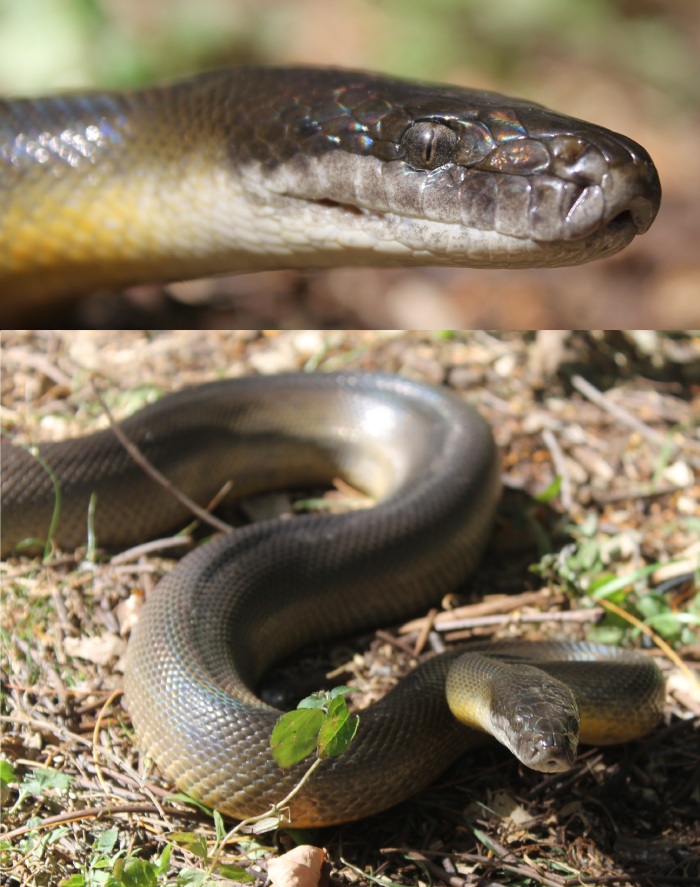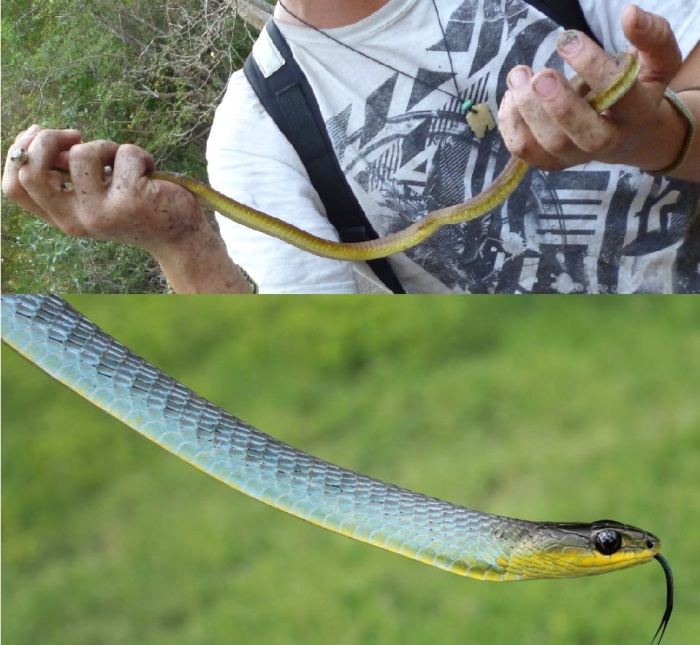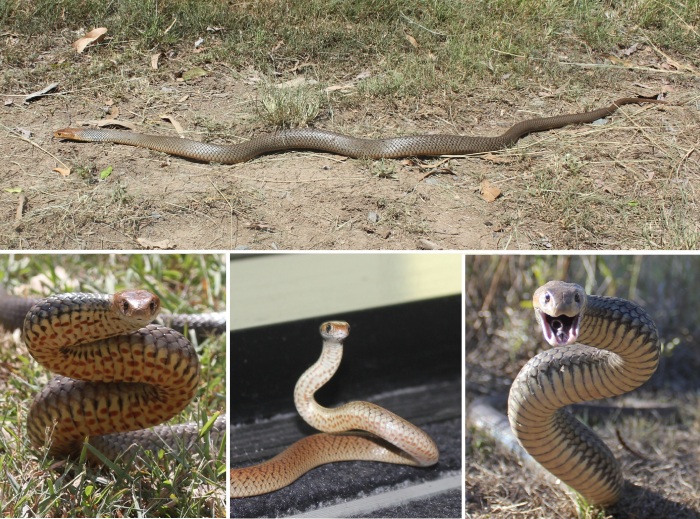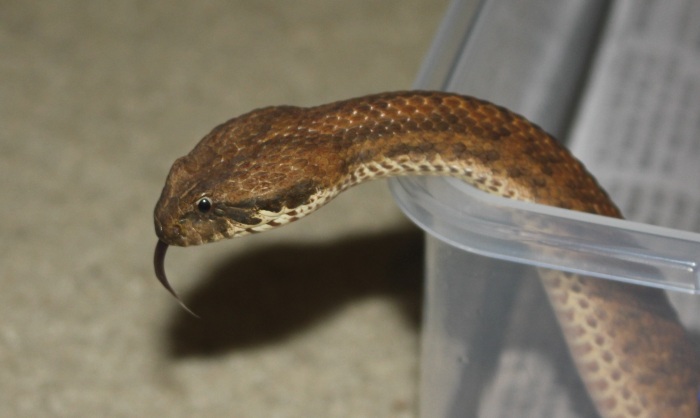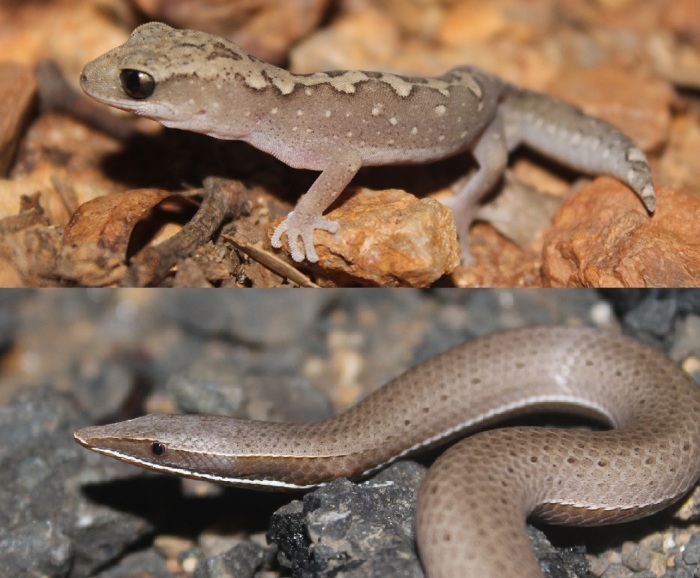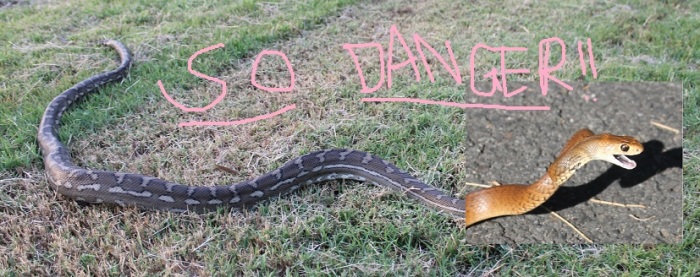
“Ontogeny recapitulates phylogeny.” – Ernst Haeckel, 1866
“The world is a thing of utter inordinate complexity and richness and strangeness that is absolutely awesome.” – Douglas Adams, as quoted by Richard Dawkins in his eulogy for Adams, 2001.
Since the late 19th century and the expansion of Darwin’s revolutionary ideas, laid down in the Origin Of Species and heralded by the vanguard of evolutionary theorists throughout the following years (see Thomas Henry Huxley, Ernst Haeckel, Fischer & Wright, J.B.S Haldane, Theodosius Dobzhansky, Ernst Mayr, to name a few 1, 2) our understanding of life’s inner workings has grown rapidly. Like the tiny, gill and tail-bearing, fish-like human embryo, somewhere around the four week mark (3), the idea of adaptation via heritable variation and selection has itself grown and developed into a complex, kicking, screaming, rapidly growing field of evolutionary theory. As we are want to do, we even packaged and named this post-Darwinian view, underpinned by molecular and population genetic theories, as the new “modern-synthesis” of evolutionary thought.
It can be instructive to think of a scientific theory as if it were in fact a growing, developing organism. A small, fertile idea develops, nurtured and protected in darkness, until it’s ready to be released upon the world at large, growing further as it interacts with other ideas and concepts as a fully formed theory of it’s own. This can apply not only to individual thought, but also to the somewhat cloistered sphere of academia, often rather isolated from the larger pool of popular zeitgeist.
Metaphors aside, and however insightful or well founded a new idea might be, we often struggle to overcome our inherent biases. Our ancestral, plain-dwelling ape ancestors had little practical use for evolutionary musings, likely more focused on matters at hand, namely survival; the passing of the seasons, the migratory paths of prey, the time to sow seed, the well-being of the local support community, to be fruitful and multiply. An ability to contemplate the passage of eons and the incremental, accumulative, slow change in processes like geomorphology or evolution, was not an immediate necessity, and thus we are not well suited to such long term thinking, having to rely on numbers and symbols to make a type of sense of it all (4). We are all biased in our conceptions of time and place (5).
Bias has an interesting place in evolutionary theory, not just in our perception of time and change, but also it seems in function. To understand this further, let’s return to the Modern Evolutionary Synthesis. Like any young theory, it has room to grow, and “modern”, while perhaps appropriate at any particular time, will almost always seem to be premature in hindsight (see modernism, post-modernism, now post-post-modernism, and more prefixes coming to a store near you!). In fact, growth and development are themselves important parts of a more recent and highly insightful branch of evolutionary research; that of evolutionary developmental biology, or “evo-devo”, an intriguing addition to modern, neo-Darwinian thought, part of the so-called Extended Evolutionary Synthesis which many biologists are recently taking up (1, 6, 7). Evo-devo focuses on how evolution changes developmental patterns in organisms. Such considerations are important, for varying genotypes can only be selected by evolution through expressed phenotypes, and phenotypes are produced from genotypes by the processes of cellular development. Through evo-devo studies, mapping the path from genes to organisms, we can further underpin the mechanisms behind phenotypes and their evolutionary origins, firmly tying genotypic to phenotyic variation via the tools of development. Where does bias enter into the story?
One definition of bias, from the Cambridge English Dictionary, is as follows; the action of supporting or opposing a particular person or thing in an unfair way, because of allowing personal opinions to influence judgment. This very personal, rather teleological example nonetheless can be applied to the downright unemotional theory of evolution and development through a phenomenon called “developmental bias”. Put simply, the processes of cellular development can support or oppose certain phenotypic variants, and this can in turn effect evolutionary dynamics (6, 8, 9). Certain phenotypes may be more or less common or successful, not only due to the genetic mutations underlying them, but also the mechanistic biases inherently involved in developing a whole, complex, living organism from a single celled zygote.
One might, with a stretch imagination, picture the following; pick any species you like and the current, standing variation within it’s population. Imagine all the possible variation in form that it’s genes are capable of producing as a fictional, three-dimensional space (okay, multi-dimensional, depending on your level of maths education or current psychadelic dose), for example, one axis, lets say upward, may feature increasingly tall individuals, another increasingly patterned, and so on, containing all possible variants of phenotype. No need to imagine them all as that’s impossible, all we need is a vague picture the varying phenotypes stretching endlessly in off on different axis. We might even give this imaginary multi-dimensional world a name; phenotypic space (1, 7, 8, 9). Depending on the biases in development and gene regulatory networks, and also the forces of selection, pockets of this space could be more or less difficult for a species to access. Could, as species change over time, their access to different parts of their potential phenotypic space also evolve? (7)
Let’s explore with an example in reptiles; the turtle shell. Of all the reptiles, only the Chelonians (Turtles, Tortoises, & Terrapins) bear a hard, protective outer shell (6). This involves a rather drastic re-arrangement of the skeletal plan. In the majority of vertebrates, the shoulder-girdle sits outside the rib-cage. In Chelonians, the ribs have migrated to the outside to support the shell, resulting in a shoulder-girdle that now sits within the rib-cage. This bizarre re-arrangement allows for the turtle to carry the heavy shell, an amazingly useful defensive adaptation which has allowed the turtle lineage to successfully diversify and survive through the ages.
If the turtle’s defensive shell is so darn useful, why then did so few other reptiles evolve a hard shell? There are plenty of independently-evolved shelled invertebrates, from the hard calcium-heavy shells of molluscs and gastropods to varied forms of the exoskeleton in arthropods (6). Shells just don’t seem to be in the reptile’s favoured category of potential shapes. Rather, reptiles lean towards to the lean and long, with elongate body-forms arising independently multiple times, perhaps as many as fifty (6, 9). Consider the legless-lizards of the family Pygopodidae, actually a family of gecko which appear completely limbless, retaining only vestigial leg and hip bones covered by a flap of scale, all that remains of the now degenerate leg (10, 11). Other families of lizard have also evolved towards the long and legless, such as the slider-skink genus Lerista, small burrowing lizards common throughout Australia’s arid areas, all in various stages of leg-loss. Some still have all four legs, albeit often tiny and in stages of reduced digit number, with names like King’s Three Toed Slider (Lerisa kingi) or the Nubbined Fine-Lined Slider (Lerista colliveri). Some have lost their front toes completely, others have no front legs but still have rear legs, often with reduced digits, and a few are entirely limbless (10, 11, 12).
Were we to view this scenario from a purely traditional evolutionary perspective, one might be led to assume that natural selection favours the elongate over the shelled reptile in general, rapidly selecting against those that get all shell-y. This seems unlikely; the defensive nature of the shell has clearly been useful for turtles as it’s a rather ancient body plan (13) that hasn’t gone extinct along with some unfortunate crew of failed ancestors. Rather, they’ve radiated and diverged into multiple forms on land, freshwater, and ocean, clearly demonstrating the evolutionary utility of the shell through a myriad of successful ancestors (10). Selection alone doesn’t suffice to explain the shell’s rarity among reptiles.
The evo-devo perspective introduces developmental bias as a potential solution. Elongate body forms are simpler, with perhaps many potential developmental pathways leading to elongation, easier to access in phenotypic space. A massive, physiological re-design such as shell formation involves a series complex developmental changes to the body plan, perhaps more finite in it’s possible developmental and genetic arrangement (6, 7, 9). Elongation is simpler than shell development and all that comes along with it, thus development and evolution is biased against shelled vertebrates. This part of phenotypic space has been annexed.
Developmental bias has typically been thought of in terms of constraint; shelled animals are constrained to being shelled and so on (1, 6). This rather limiting view has more recently been expanded on as biologists realized that bias is not always negative. One can quite easily turn the above example of elongation on it’s head and say that reptile evolution is positively biased towards elongation (6).
So, there is both negative and positive bias in development, and also in the range of variation that can be produced by an organism. There’s only so many successful ways to develop the turtle shell (6, 9, 13), whereas elongation can happen in a variety of ways; snakes have elongated the trunk of the body and have a rather short tail, whereas most legless lizards (in fact many lizards in general) are about fifty-percent tail (10, 11). We’ve discussed the idea of negative bias, via developmental constraint on phenotypes, and it is quite straightforward, however it’s completeness and explanatory power in real-world evolutionary dynamics had been questioned. More recently, the concept of positive bias (also called developmental drive) has been expanded on (1, 6), showing it can conceptually encompass negative constraint as well as adaptive evolution and the production of novelty.
Here we must first introduce an evo-devo term that includes the idea of positive developmental bias, and also hits the ear nicely, being rather explanatory in it’s very composition; evolvability. Put simply, it is the ability of organisms to generate heritable phenotypic variation (1, 7, 9). This involves not only the heritable genotype but also the processes of development which produces the genotype, processes which may be constrained or promoted. As noted before, certain body systems are more likely (elongation) to evolve than others (shells), and these positively biased systems may in themselves be biased to produce more variation. Birds, for instance, have a highly evolvable body plan and have radiated into maybe more than 19,000 species worldwide into a huge variety of forms (14). Conversely, their closest relatives within the reptilian clade Archosauria, namely the Crocodylians (crocodiles, alligators, and gharials), is comprised of only some twenty-three relatively similar species (15). Developmental processes, evolutionary history, and genetic architecture of birds is evidently much more “evolvable”.
What makes one system more evolvable than another? Our prior example of elongation and shell might suggest that simplicity leads to evolvability, with the complex body plan being limiting for turtles (6). This need not always be; birds are after all rather complex! In fact complexity can, and in biological systems often does, beget complexity (7). This is true for both micro-evolution, the adaptive evolution of form within species, and macro-evolution, the evolution of new species. In micro-evolutionary terms, new adaptations present an opportunity for further change, such as further modification of scales or feathers, stacking change upon consecutive change. On the molecular level, this may be achieved by new point mutations and the opportunities that arise with the associated phenotypic changes, or sometimes by chromosomal events such as gene duplication, providing a second copy of a certain gene which, being redundant, has freedom to mutate and vary. As for macro-evolution, there are boundless examples of species radiations (16, 17, 18), where genetic architecture and novel adaptations may produce a lineage with great potential to split and produce more lineages.
Australian front-fanged snakes of the Elapidae family experienced such a species radiation in relatively recent evolutionary history, the majority arising in the last ten million years (17, 18). As such, the Australian Elapids appear to be highly evolvable in both macro- and micro-evolutionary senses, not only producing a great many species but a wide diversity of body plans, including the strikingly banded and blunt burrowing Simoselaps genus, the incredibly chunky and viper-like Death Adders (Genus Acanthophis), the slender, light-weight Whipsnakes (Genus Demansia), and several long, robust, powerful groups such Taipans (Genus Oxyuranus), Brownsnakes (Genus Pseudonaja), and Blacksnakes (Pseudechis), to name just a few (10, 11, 17). Life-histories vary greatly; there are nocturnal frog specialists, burrowing lizard hunters, large and active mammal predators, ambush strikers, even various aquatically adapted or arboreal species (11). To explore how Elapids came to possess this highly evolvable and adaptive nature, we must delve into their past.
Perhaps as recently as 12 million years ago, the ancestral Australian elapid, likely similar to the south-east Asian coral snakes, arrived in northwest Australia (16, 17, 18). Let’s consider the first arriving corals from south-east Asia as they colonise and expand their numbers somewhere in the northwest corner. With hindsight, we can say that this population will, over time, produce an incredible species radiation as they spread across the country into new habitat pockets and novel adaptive environments. The ancestral population of arriving corals must have held some serious evolutionary potential, unleashed on a continent thus far devoid of modern snakes.
While we can no longer examine these ancestral coral populations, we can make some basic assumptions based on recent observations. Molecular genetic studies of Australian elapids have been rather informative. As expected from their hypothetical origins in south-east Asia, the Melanesian Micropechis genus is found to be the sister group to the Australian elapids and their immediate relatives, namely the basal south-east Asian genera Aspidomorphus and Toxicocalamus (17). Certain morphological characters, such as partial retention of the choanal process of the palatine bone, are common among the south-east Asian forms, but are rare among Australian forms (eg. choanal process only found in the basal lineage Cacophis, the Crowned Snakes). We might assume from this that during their radiation, feeding specialization was a huge adaptive pressure (as seen in other reptiles such as lizards and crocodiles), with new prey types requiring new hunting tools including scent detection, changes in head shape, even the evolution of new venom cocktails (18, 19). As new niches were colonized and, by some means or other, reproductively isolated from one another, adaptation and speciation continued across the continent.
One secret to the success and evolvability of elapids may lie in their history. The sub-order Serpentes is an ancient lineage, speaking volumes to the evolutionary utility of elongation. However, modern snakes are a true marvel of evolution (before we go on, we must again acknowledge the shifting landscape of taxonomy, undoubtedly changing the following “facts” in short-order, but we persevere as best we can). Within the Serpentes, there are two infraorders; Scolecophidia, the ancient, all-burrowing thread and blind-snakes, and the Alethinophidia, or “true snakes”. The majority of basal Alethinophidians can be grouped within the superfamilies Amerophidia and Uropeltoidea, leaving the superfamilies of Pythonoidea, Booidea, and Colubroidea (16). These latter three were previously grouped within the clade Macrostomata, meaning “large opening”, however molecular evidence indicates that their unifying morphological characters might be independently evolved, or at least evolved in a very ancient ancestor prior to separation and divergence (20). Nonetheless, these three genera possess in their skull a hinged supratemporal bone, increasing the flexibility of the skull (19, 20). It is this hinged supratemporal, along with associated changes in jawbone length and more, that allow for the seemingly unnatural ability of many modern snakes to swallow objects vastly larger than their own head.
Following the evolution of the “hinged-jaw” in the Macrostomata, a possibly defunct classification but a good descriptor nonetheless (19, 20), one superfamily within the infraorder Alethinophidia became hugely successful, namely the Colubroidea. Within this group, the family Colubridae is perhaps the most successful modern snake family, comprised of over 1900 species, more than 50% of all currently know living snakes (21), possessing diversity of head shapes and favoured prey, some with well developed rear fangs and venom systems. Other super diverse families include the Elapidae, Viperidae, and Lamprophiidae, each containing more than two hundred species, with a few others such as the semi- to fully aquatic Homalopsidae containing moderate diversity (interestingly, some Homalopsids have evolved a bizarre diet of soft-shelled mangrove crab legs, tearing limbs off their still living victims like schoolkids showing early signs psychopathy). This vast number of Alethinophidian species seems to suggest a high level of evolvability in those lineages also experiencing significant amounts of skull evolution, perhaps even a connection between the two.
This is a tantalizing idea; that the evolution of a highly evolvable skull shape in snakes led to much of their modern success. Without such adaptive flexibility the evolution of the fang apparatus, especially the retractable fang-on-a-hinge system found in Vipers, might not have happened. Recent work combining geometric morphological methods with phylogenetic and ecological data suggests this may not be the first time that changes in head shape led to a significant evolvability in snakes (19). Reconstructing the cranial morphology of their most recent common ancestor suggested characteristics typical of a fossorial burrower, such as a more cylindrical skull, widening of the parietal region, and a reduced/curved quadrate bone. Taken together, the data suggests that terrestrial lizards at some point took to a more burrowing lifestyle, losing their legs and going through changes in head-shape to become the ancient ancestral snakes, which then returned to a life largely above ground. What they brought with them was a skull, genes, and developmental system that was biased towards rapid evolutionary change. Phenotypic space for the future of snake-skulls was an open meadow.
Alethinophidians took this penchant for skull-fidgetry even further. Quadrate bone shaft elongation and curvature, caudal projection, shortening of the snout, all improved flexibility and gape size (19). It seems only right that venom and it’s associated delivery mechanisms arose to prominence in the highly evolvable post-Alethiophidia snake skull. What comes as a surprise is that the first true adaptive novelty was likely due to a burrowing lifestyle, later abandoned by many, followed by further changes to accommodate bigger prey items. This tinkering with the head-shape eventually led to the first snake fang, a rudimentary, elongated rear tooth around halfway down the jawline as seen in some modern colubrids, now grooved for greater venom delivery from the comparatively rudimentary venom glands. The rear jaw elongated, migrating the fang forward over time, resulting in the fore-fanged Elapids and Vipers (22).
Additionally, with a mass of potential biological interactions, venom genes evolved rapidly, duplicating and diverging into an array of different venom gene families (18). Venom itself is certainly a highly evolvable system, with local prey adaptations found even within species. For instance, South Australian eastern brown snakes are far more toxic to reptiles, their likely prey given the more arid environment compared to the verdant east coast where the same species is much more dangerous to mammalian prey (23). Whether binding to nerve receptors to disrupt signals to the circulatory or respiratory system, interfering with intricate blood clotting cascade, or other physiological effects, venoms have a direct molecular level interaction with their prey. These finely tuned interactions are likely under high selective pressure, but variation in a redundant duplicate copy of a venom gene might well lead to advancements in toxicity.
Venoms, born of a highly evolvable system, must by their nature be rapidly changing, as their prey population will likely develop a defense or immunity, often kicking off an arms race between predator and prey, further accelerating the rate of evolutionary change. Such radical changes in body plans of living organisms may have had a greater influence on evolution than previously appreciated. As a final thought, consider the dramatic increase in evolvability (in terms of complex forms at least) following one of the critical first major steps in the evolution of complex life, the evolution of multi-cellularity (7). Without it, none of us, from salad to snake to scientists, would come to exist, life remaining confined to tiny world of singled celled micro-organisms.
One hates to close a supposed science essay with such an egregious heaping of abstract conjecture. It is, however, at times necessary to take imaginative leaps and bounds. After all, evolution, evo-devo, and the extended evolutionary synthesis are but growing, developing bodies of thought, only recently finding their way into the light of the world, slowly standing up on still wobbly legs and learning to walk. And kids, with their developing, imaginative minds, learn mighty fast. Such is life.
References
-
Brigandt, I. (2015) From Developmental Constraint to Evolvability: How Concepts Figure in Explanation and Disciplinary Identity. In Alan C. Love (ed.), Conceptual Change in Biology: Scientific and Philosophical Perspectives on Evolution and Development. Dordrecht: Springer. pp. 305-325
-
Charlesworth, B. (2017) Haldane and modern evolutionary genetics. Journal of Genetics. 96, 5: 773–782 https://doi.org/10.1007/s12041-017-0833-4
-
Graham, A., & Richardson, J. (2012) Developmental and evolutionary origins of the pharyngeal apparatus. EvoDevo. 3: 24. doi: 10.1186/2041-9139-3-24
-
Knoll, A.H., & Nowak, M.A. (2017) The timetable of evolution. Science Advances. 3: 5, e1603076 DOI: 10.1126/sciadv.1603076
-
Haselton, M. G., Nettle, D., & Andrews, P. W. (2005). The evolution of cognitive bias. In D. M. Buss (Ed.), Handbook of Evoluionary Psychology {pp. 724-746). Hoboken, NJ: Wiley.
-
Arthur, W. (2006) Evolutionary developmental biology: developmental bias and constraint. Encyclopedia of Life Sciences. doi:10.1038/npg.els.0004214.
-
Pigliucci, M. (2008) Is evolvability evolvable? Nat Rev Genet. 9(1):75-82. doi: 10.1038/nrg2278.
-
Psujek, S.,& Beer, R.D. (2008) Developmental bias in evolution: evolutionary accessibility of phenotypes in a model evo-devo system. Evol. Dev. 10: 375–390. https://doi.org/10.1111/ j.1525-142X.2008.00245.x
-
Uller, T., Moczek, A.P., Watson, R.A., Brakefield, P.M., Laland, K.N. (2018) Developmental Bias and Evolution: A Regulatory Network Perspective. 209(4):949-966. doi:10.1534/genetics.118.300995.
-
Cogger, H.G. (2014) Reptiles and Amphibians of Australia. 7th Ed. Reed Books, Sydney, NSW
-
Shine, R. (1991) Australian Snakes – A Natural History. Reed Books, Balgowlah, NSW
-
Skinner, A., & Lee, M.S.Y. (2009). Body form evolution in the scincid lizard clade Lerista and the mode of macroevolutionary transitions. Evolutionary Biology. 36 (3): 292–300. doi:10.1007/s11692-009-9064-9.
-
Brinkman, D., Rabi, M., Zhao, L. (2017) Lower Cretaceous fossils from China shed light on the ancestral body plan of crown softshell turtles (Trionychidae, Cryptodira). Sci Rep. 7(1):6719. doi: 10.1038/s41598-017-04101-0.
-
Barrowclough, G.F., Cracraft, J., Klicka, J., Zink, R.M. (2016) How Many Kinds of Birds Are There and Why Does It Matter? PLoS One. 11(11): e0166307. doi: 10.1371/journal.pone.0166307
-
King, F.W., & Burke, R.L. (1989) Crocodilian, Tuatara and Turtle Species of the World: A Taxonomic Reference. Wash. D.C.: Assoc. Syst. Collections
-
Reynolds, R.G., Niemiller, M.L., Revell, L.J. (2014) Toward a Tree-of-Life for the boas and pythons: Multilocus species-level phylogeny with unprecedented taxon sampling. Molecular Phylogenetics and Evolution. 71: 201–213
-
Sanders, K.L., Lee, M.S., Leys, R., Foster, R., Keogh, J.S. (2008) Molecular phylogeny and divergence dates for Australasian elapids and sea snakes (hydrophiinae): Evidence from seven genes for rapid evolutionary radiations. Journal of Evolutionary Biology. 21(3):682-95
-
Jackson, T.N.W., Koludarov, I., Ali, S.A., Dobson, J., Zdenek, C.N., Dashevsky, D., Op den Brouw, B., Masci, P.P, Nouwens, A., Josh, P., Goldenberg, J., Cipriani, V., Hay, C., Hendrikx, I., Dunstan, N., Allen, L., Fry, B.G. (2016) Rapid Radiations and the Race to Redundancy: An Investigation of the Evolution of Australian Elapid Snake Venoms. Toxins (Basel). 8(11): 309. doi: 10.3390/toxins8110309
-
Da Silva, F.O., Fabre, A.C., Savriama, Y., Ollonen, J., Mahlow, K., Herrel, A., Müller, J., Di-Poï, N. (2018) The ecological origins of snakes as revealed by skull evolution. Nat Commun. 25;9(1):376. doi: 10.1038/s41467-017-02788-3.
-
Streicher, J.W., & Ruane, S. (2018) Phylogenomics of Snakes. In: eLS. John Wiley & Sons Ltd, Chichester. http://www.els.net [doi: 10.1002/9780470015902.a0027476]
-
“Colubridae” at The Reptile Database. EMBL. Accessed on 8/08/2018.
-
Vonk, F.J., Admiraal, J.F., Jackson, K., Reshef, R., de Bakker, M.A.G., Vanderschoot, K., van den Berge, I., van Atten, M., Burgerhout, E., Beck, A., Mirtschin, P.J., Kochva, E., Witte, F., Fry, B.G., Woods, A.E., Richardson, M.K. (2008) Evolutionary origin and development of snake fangs. Nature. 454, 630–633.
-
Skejić, J., & Hodgson, W.C. (2013) Population Divergence in Venom Bioactivities of Elapid Snake Pseudonaja textilis: Role of Procoagulant Proteins in Rapid Rodent Prey Incapacitation. PLoS ONE 8(5): e63988. doi:10.1371/journal.pone.0063988
